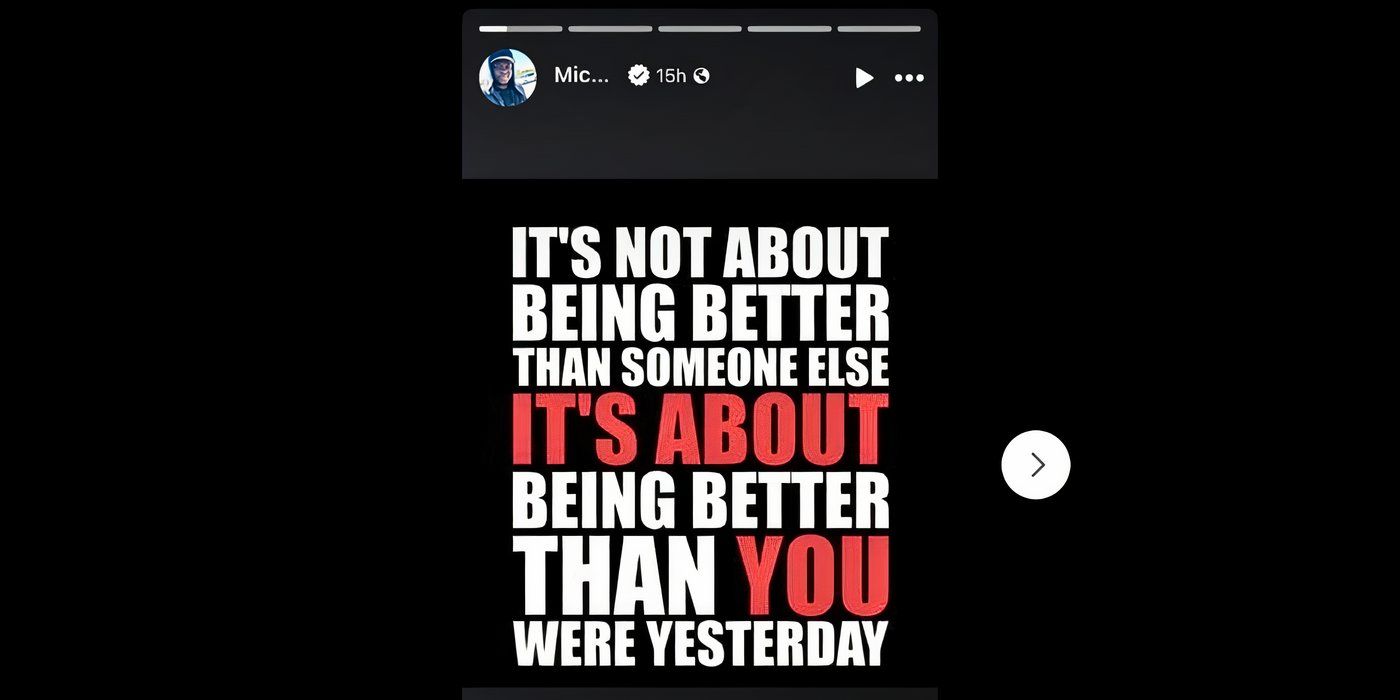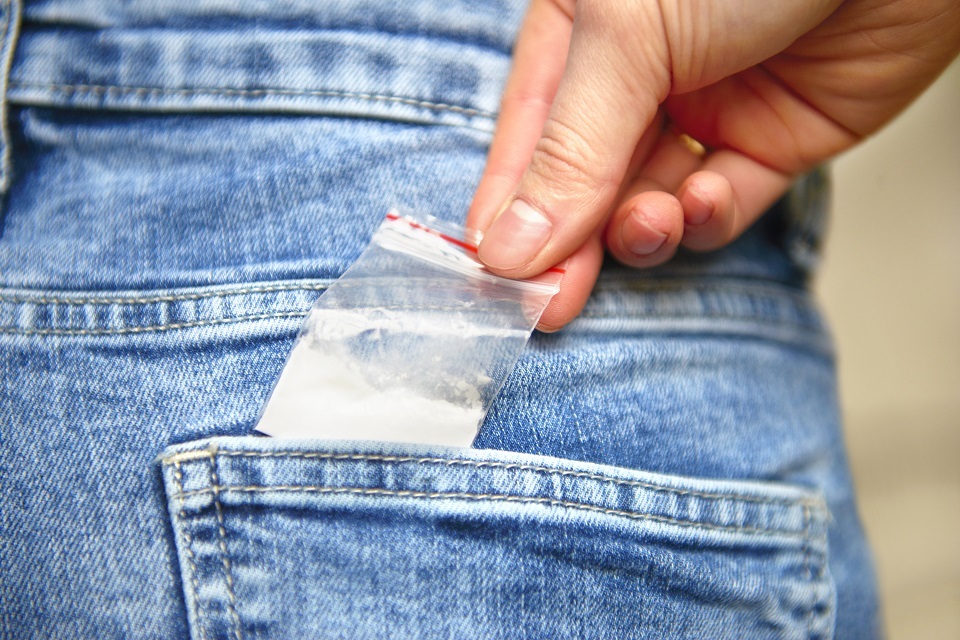| Updated:

When I walked through my front door in Gateshead as a teenager, the doormat would be covered in a carpet of brightly coloured paper. A cherry-blossom pink menu from the local Chinese takeaway, the red and gold of an Indian place, and pictures of row upon row of bargain buckets from the local chicken shop.
When we sat down as a family on a Friday night, those menus would come out – and the arguments would commence. Often the loudest menu would win out, making the strongest appeal to our lizard brains with its bright colours and alluring photographs.
It never occurred to me, at the time, that someone had sat down and painstakingly designed these menus, that there was an unruly kind of logic to these garish flyers posted indiscriminately through letterboxes across the country.
Today the flow of these menus has been stemmed. A few still land on my doormat but nothing like the volume of yesteryear. Delivery apps, which 44m of us in the UK now use, have largely superseded them. But Uber Eats, Deliveroo and Just Eat strip away intrigue and individuality. Boxed into a clean, sterile app, the power of the menu is lost. I find myself feeling nostalgic for these chaotic, unruly cultural artefacts. But what is it that makes the classic British takeaway menu a work of art?
It turns out there are dozens of wannabe menu impresarios, many of whom have cornered the market in their geographical area.
“They don’t follow rules,” says Michelle Pegg, co-founder and director of Curate Creative, a design agency that has carved out a specialism in creating (non-takeaway) menus for restaurants. She says takeaway menus strike out on their own, with their “unconsidered style”. She points out that they tend to emblazon their wares with bright colours, clashing fonts and layouts designers in other fields would baulk at.
The menus often use that familiar, trifold design to make them fit more easily through letterboxes, and most companies that make them offer both a design and print service, keeping everything in-house.

Michael Parkhouse, who has run Low Cost Menus with his wife in Swansea since the mid-2000s, has around 4,500 takeaway clients across the UK (they also do work for restaurant chains including Star Pubs & Bars). And Cameron Armstrong’s Stirling-based ABSS Print & Design services clients across Scotland.
Armstrong says his job usually begins with a text-based list of dishes takeaway owners want to include on the menu. “It starts with me placing all the text, and that gives an idea of how much space there is to play with,” he says. He will use the existing branding or logo to help inform the layout and design of the menu. “We use the same colours and styles, and usually they have a couple of fonts, either in their logo or alongside it.”
He points out that Chinese and Indian takeaways both embrace standard colour palettes of reds and golds (evidenced by my local Chinese and Indian takeaways). “It quite often goes back to the origin of the food,” he says. “Red and gold are traditional colours. With Chinese, sometimes it’s cherry blossom pink. The same goes with Indian restaurants; quite often there’s a henna pattern and the colour palettes tend to be either from the flag or some form of traditional Indian patterns.”
A good takeaway menu is like your front of house. It has to be eye-catching – especially when there’s a drawer full of 20 Chinese takeaway menus
Parkhouse takes a similar approach with Low Cost Menus, each of which takes three to four working days to design. Sometimes Parkhouse will receive pre-existing menus, which he has to update, including checking whether the mouthwatering stock images of doner kebabs and burgers – yep, those pictures are rarely of the actual dishes, rather a Platonic ideal of what that dish could be – are used with permission and respect copyright. The answer is often ‘no’.
A good takwaway menu is “like your front of house,” says Chin Taylor, a longtime takeaway proprietor in Somerset. “It has to be eye-catching – especially when there’s a drawer full of 20 Chinese takeaway menus.” Taylor’s own takeaways – Ziangs and Mama Chins – evolved their menus from folded sheets of black and white A4 in the 1990s to glorious technicolour. “You have to shout for the customer to come your way,” he says.

Despite forward-thinking owners like Taylor, Chinese takeaways have been particularly slow to move with the times, says Parkhouse. “It’s only in the last three or four years we’ve seen them move beyond straightforward black writing, perhaps on coloured card, perhaps with a colour header. They were just really boring. But we’re starting to see them look more at the design elements.”
For what it’s worth, none of the menu designers I spoke to thought their work was bad design. Far from it. “A lot of print nowadays is just thrown out,” says Armstrong. “People get leaflets in the door, and they go straight in the bin.” But he made an impassioned defence of his art. “There’s something unique about menus. People keep them, because they can see there’s a lot of effort put into them.”
There was once an archive of takeaway menus. If I mislaid a copy of my local Chinese’s menu, I’d turn to take-a-way.co.uk, a site that was populated with thousands of lovingly scanned and uploaded menus from around the country – the result of regular competitions among its community. Sadly, the website is no more: at some point between late 2019 and early 2020, the site was replaced with a placeholder saying it was undergoing renovations. It never returned.
Having a menu is as important as ever. All these apps like Deliveroo, they don’t really have any personality. They have a profile, which is just their food items, maybe a logo. It’s just price and food.
It was last archived by the Internet Archive’s Wayback Machine in June 2020. The number of people who use meal delivery apps rose from 18.6m to 27.4m in the time the site was undergoing renovations. Seeing what was happening, perhaps they chose to throw in the towel.
Still, their uniqueness is what makes paper menus strangely resilient, reckons Armstrong. “Having a menu is as important as ever,” he says. “All these apps like Deliveroo… they don’t really have any personality. They have a profile, which is just their food items, maybe a logo. It’s just price and food.”
In some ways, takeaway menu designs are like the food the outlets serve. It’s not refined – well, apart from all the fats and sugars. They are indelicate, greasy, sloppy and over-the-top, the kind of thing that you’re likely to consume while drunk, your better judgement abandoned for the sweet release of a stuffed crust.








